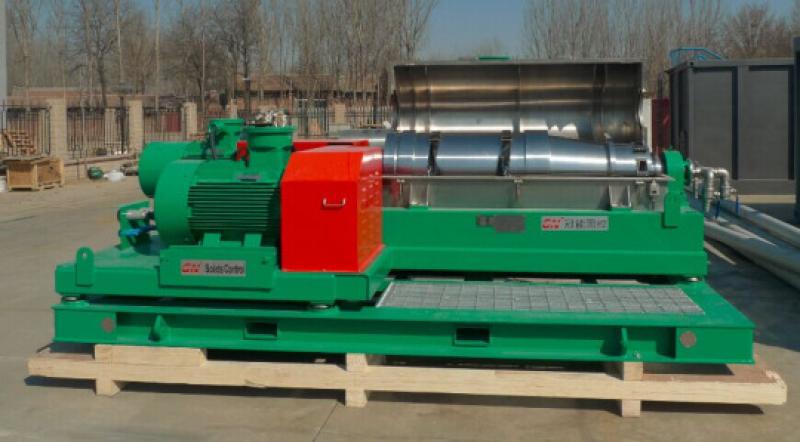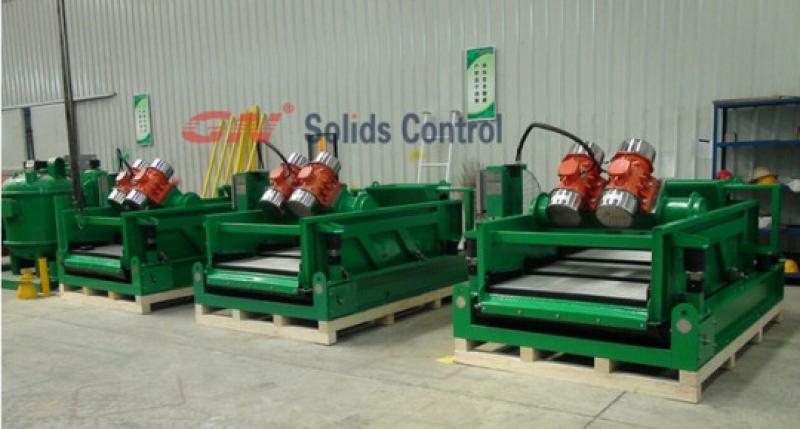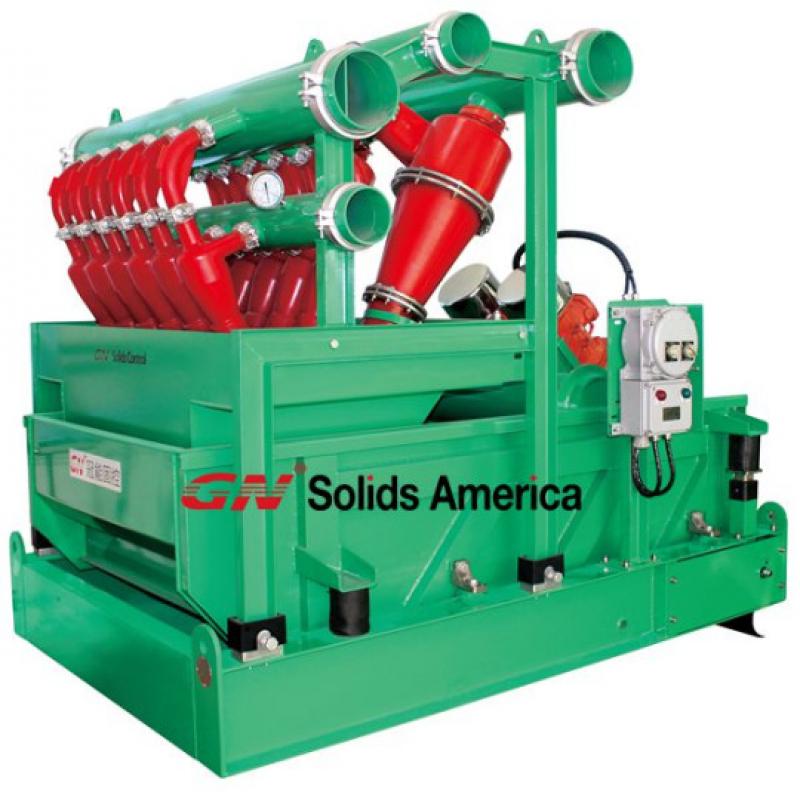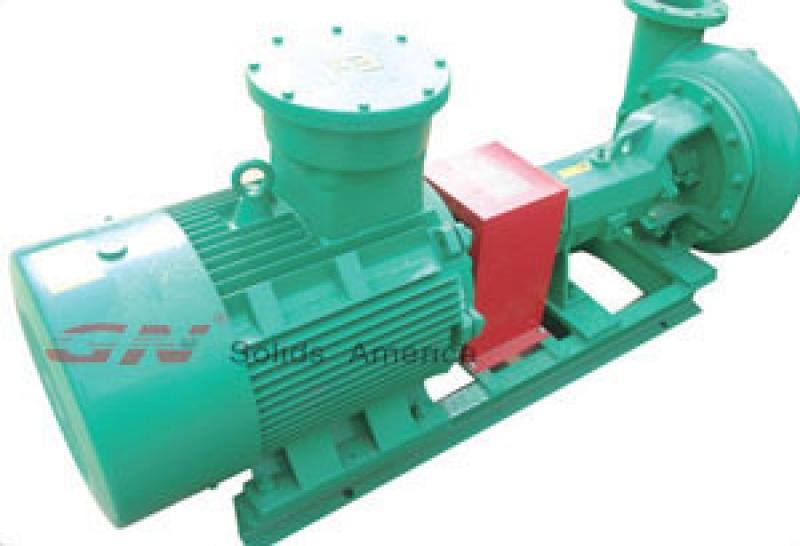GN Solids Control have many
production project for CPP from year of 2010. CPP is the largest HDD contractor
from China and engaged in China and overseas market. GN Solids Control compact
mud system and centrifuge is also working in many different jobsite with CPP
teams.
Beginning of this year, we got 4 sets 500gpm mud recycling system for
CPP. Different from former system configurations, this time CPP require 2 sets
variable speed middle speed centrifuge for each system. In this case, they can
recover the barite from used drilling fluids fast. The centrifuge is GNLW452
big bowl middle speed centrifuge with variable speed control panel to adjust
the speed flexible.
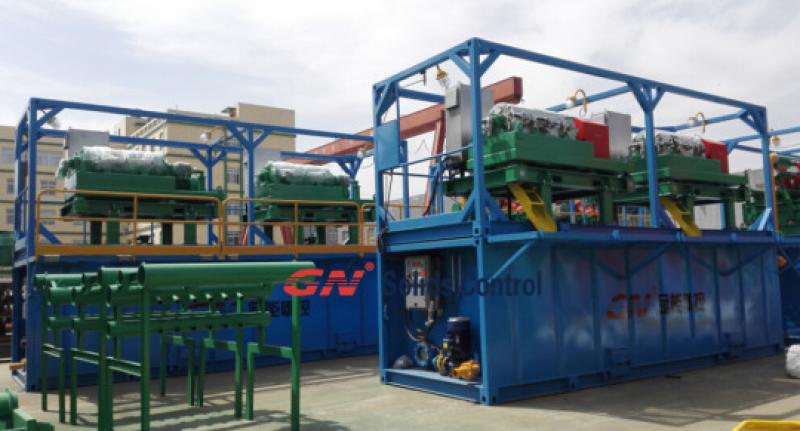
Except for 2 sets middle speed centrifuge,
other solids control equipment including:
1) 1 set Mud desanding cleaner GNZJ705-2S, with double deck shale
shaker GNZS705. It is for the first and second stage separation.
2) 1 set Mud desilter cleaner GNZJ705-12N,
with double deck shale shaker GNZS705.
It is for the first and third stage separation.
3) 2 sets mud agitator installed on
centrifuge tank compartment, to avoid drilling mud settle down.
After double checking the whole system, you
can find the HDD mud system with 2 sets shale shaker, 1 set desander assembly ,
1 set desilter assembly, 2 sets centrifuge. The treating capacity is much
bigger and the drilling mud can go to desanding cleaner and desilter cleaner at
same time. The drilling fluids go into this two units via distribution box and
controlled by flange and valves. Generally, the actual treating capacity can
reach to about 800gpm to 1000gpm.
GN Solids Control is famous solids control
equipment mfg from China with rich experience in compact mud system
fabrication. The different mud system capacity including: 500gpm mud system,
800gpm mud system and 1000gpm mud system.
Except for small mud system for HDD, CBM,
TBM etc, GN also produce lots of oil drilling mud system every year for oil
drilling companies. If you need more support, pls contact us freely.

